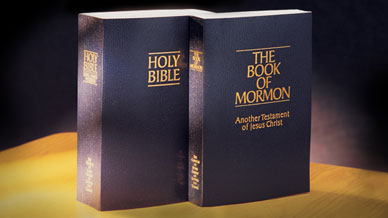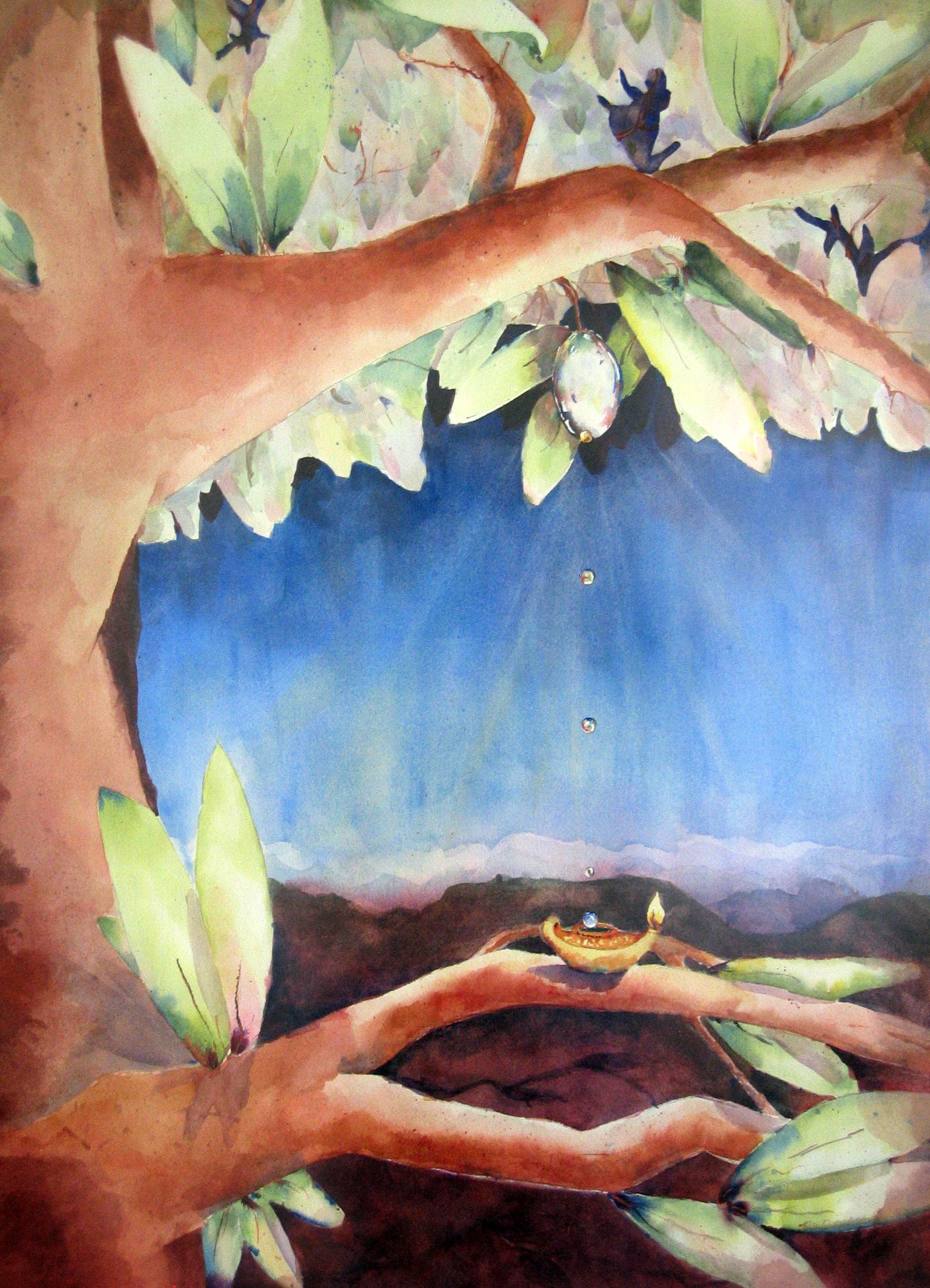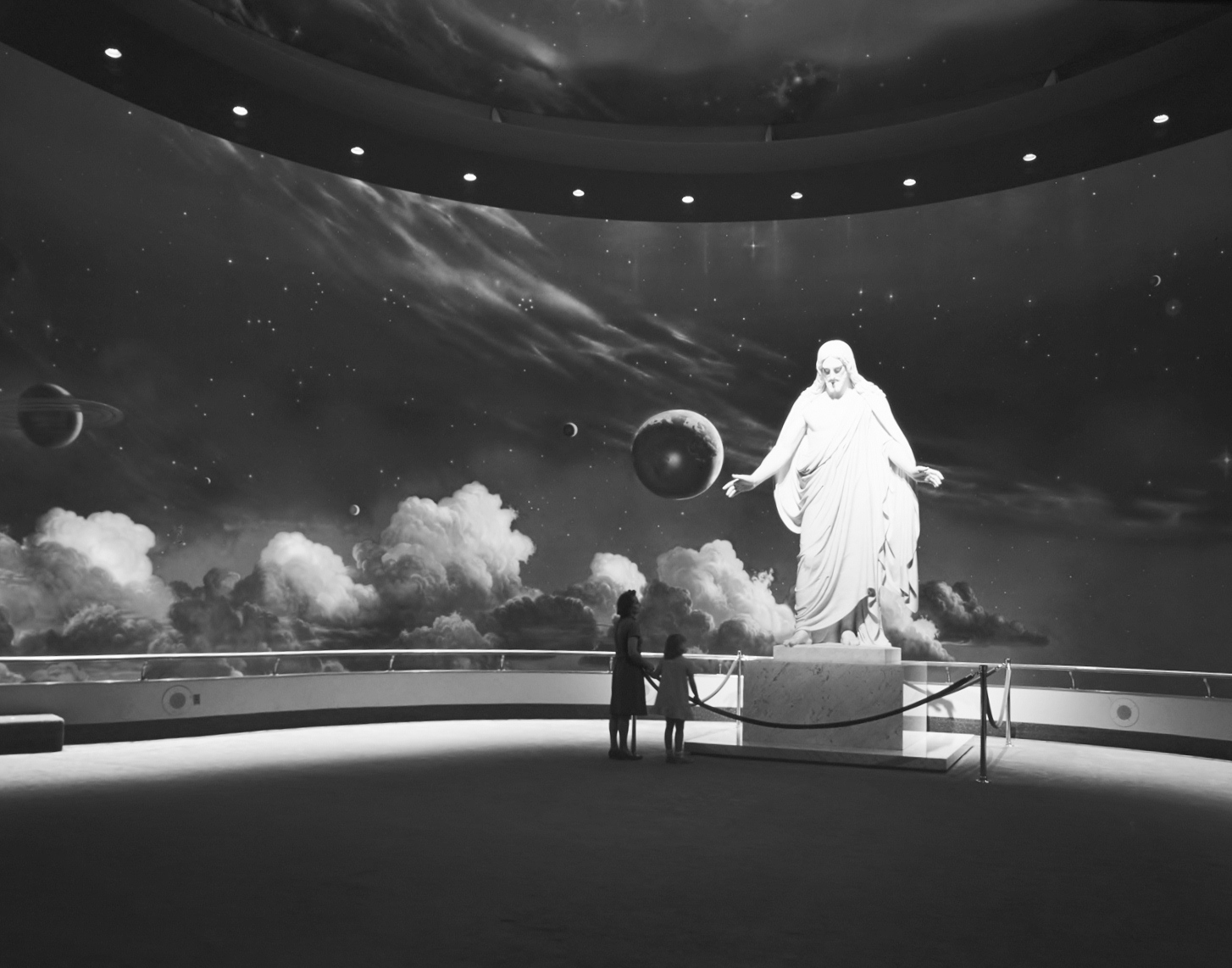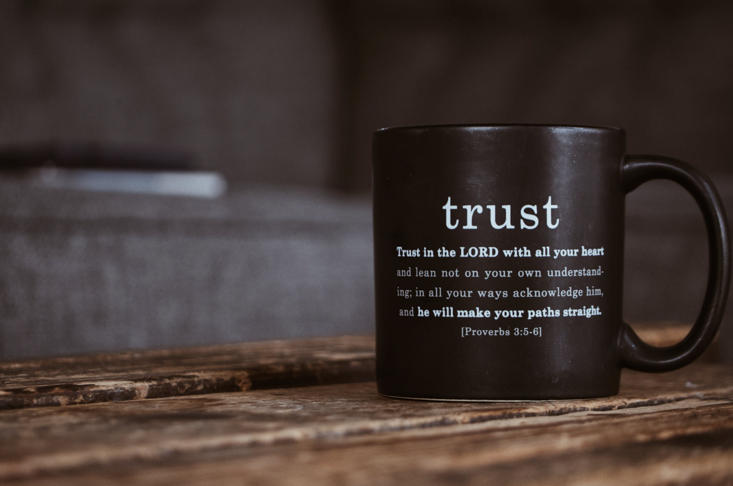
I sometimes run across content online that wants to assert, without question, that The Book of Mormon is racist. Given all the focus on rooting out prejudice in our modern culture, it makes sense that some words or ideas in The Book of Mormon could hit sunburned spots in people’s minds and hearts. Not only is racism in the headlines, but we’ve been encouraged by latter-day prophets to be alert to and root out prejudice of any kind.
I recently rediscovered this article, written by a black convert to The Church of Jesus Christ of Latter-day Saints: “How we misinterpret “black” and “curse” in the scriptures – Insights from an African American convert” https://www.ldsliving.com/how-we-misinterpret-black-and-curse-in-the-scriptures-insights-from-an-african-american-convert/s/88562
In the article, Marvin Perkins shares about the reality that racism exists in our culture (and unfortunately sometimes in the Church). He encountered some of this prejudice when he was learning about the Church back in the late 1980s (and we know it’s not gone). But his experiences with God and the Book of Mormon (and learning about the gospel of Jesus Christ) anchored him and helped him move forward with his decision to join the Church.
Since then, he’s done a lot of study about questions related to if racism exists in The Book of Mormon. In this article, he shares some of his insights. I also appreciated hearing his point of view about the different colors of skin we have and what that means to him.
There’s an old saying that we shouldn’t judge a book by its cover. I think we need to be careful about judging a book only by potential trigger points, especially a book that is considered scripture. If we are reading the Book of Mormon only with the lens of modern language or hot-button topics, there may be things we are missing. Words like “skin” and “curse” and “mark” and “white” and “dark” don’t necessarily mean what we think they might mean at first glance with our current cultural sensitivities. In my experience, considering synonyms to these words in sacred writ can also yield great insights. The more I engage the scriptures with questions and curiosity, the more I realize that there is so much they have to teach me that I’m not seeing. So much depends on the mindset and lens and questions I’m bringing to prayerful engagement with the text.
Of course, no writer of ancient scripture was perfect, and again, as latter-day prophets have taught, we need to be alert to prejudice of any kind. And yet prejudice, blind spots, biases — whatever words we may choose — can also reach backwards in time. Just as we are working collectively to leave behind racial bias that may have been passed down to us through false traditions of our forebears, we can seek to stay alert to our own 21st-century biases as well. We can learn to engage ancient texts on their own terms. With the Book of Mormon, we can also engage its promise, that we can know from God personally about the truthfulness of its message and purpose.
Our ancient scriptural teachers had a mission, and that was to point us toward the One who can help us all see more clearly. God invites us to learn about Him through imperfect vessels and vehicles, and there is beauty in that. (So many of the writers acknowledged their imperfect outright, in fact, from Moses to Moroni.) If we engage the scriptures with open hearts and minds, seeking God’s Spirit to help us, we can see beyond any of the writers’ imperfections (and sometimes see more because of them) to learn about the most inclusive message in the world: That God loves all of His children and sent His Son, Jesus Christ, to save us all.










